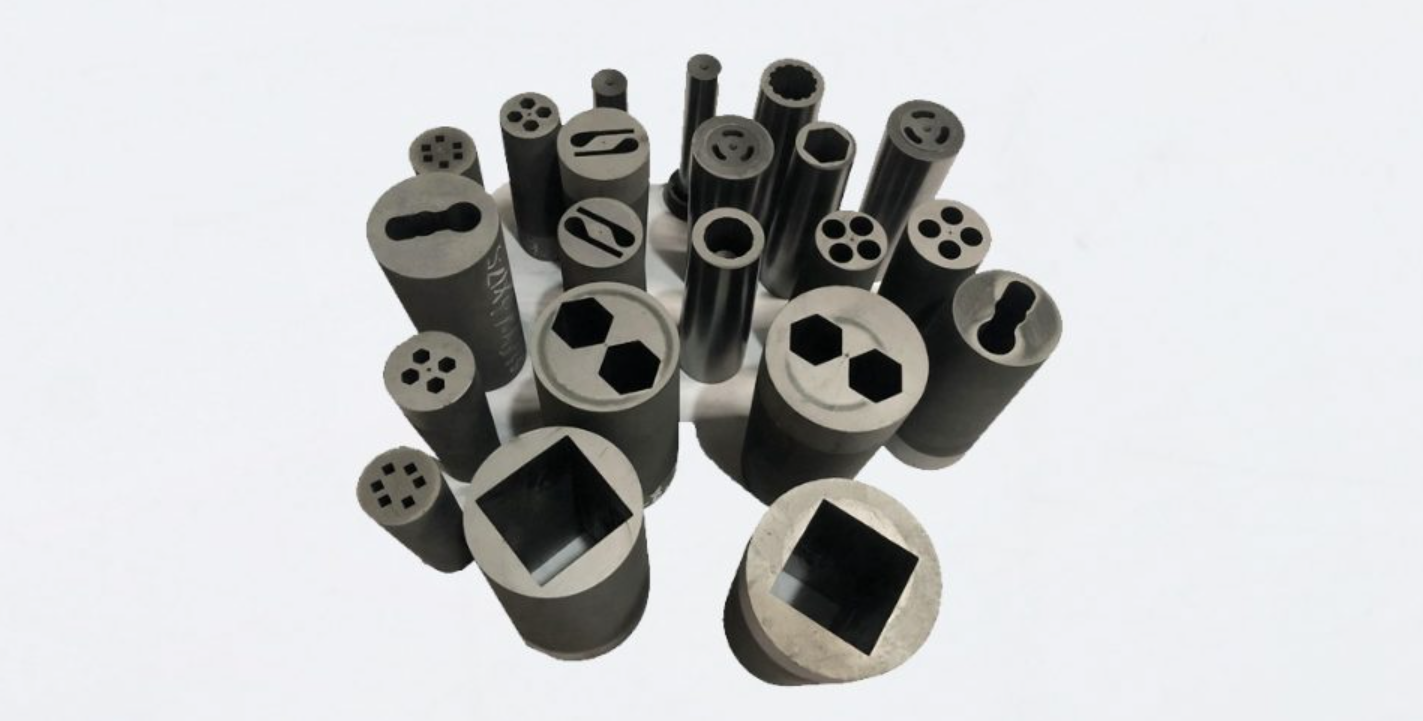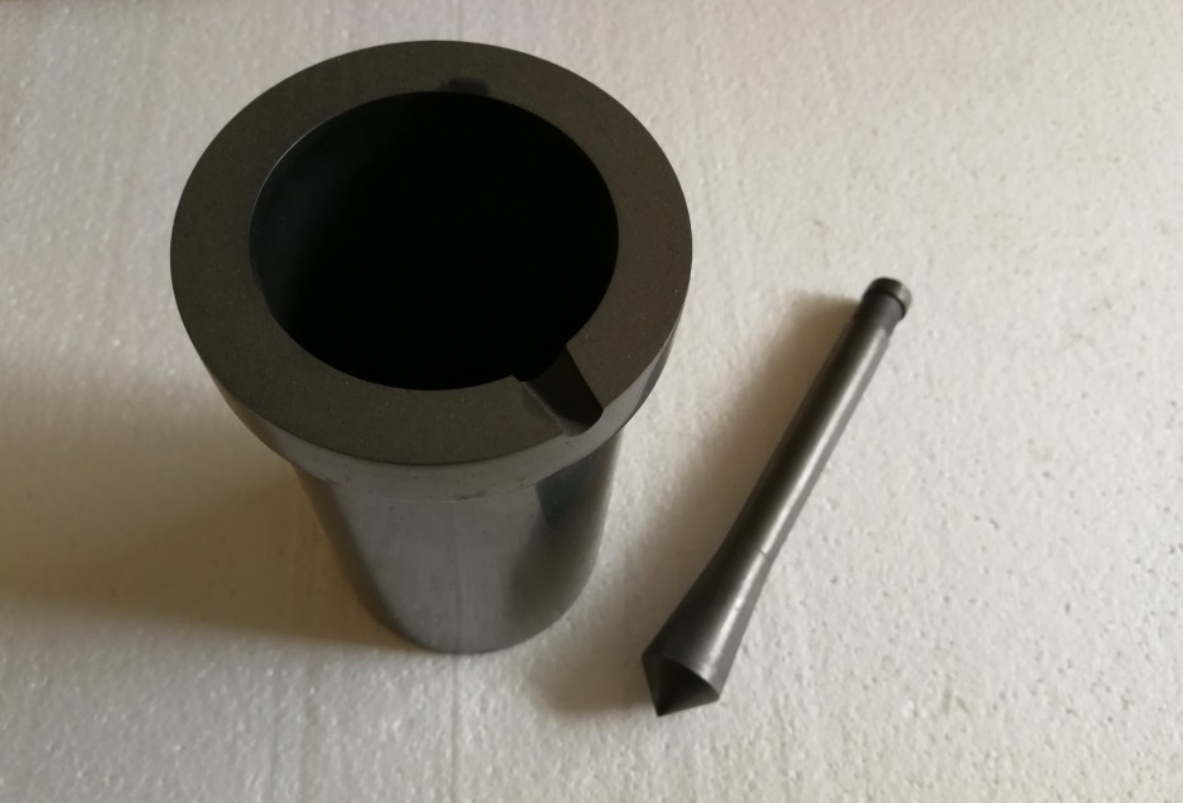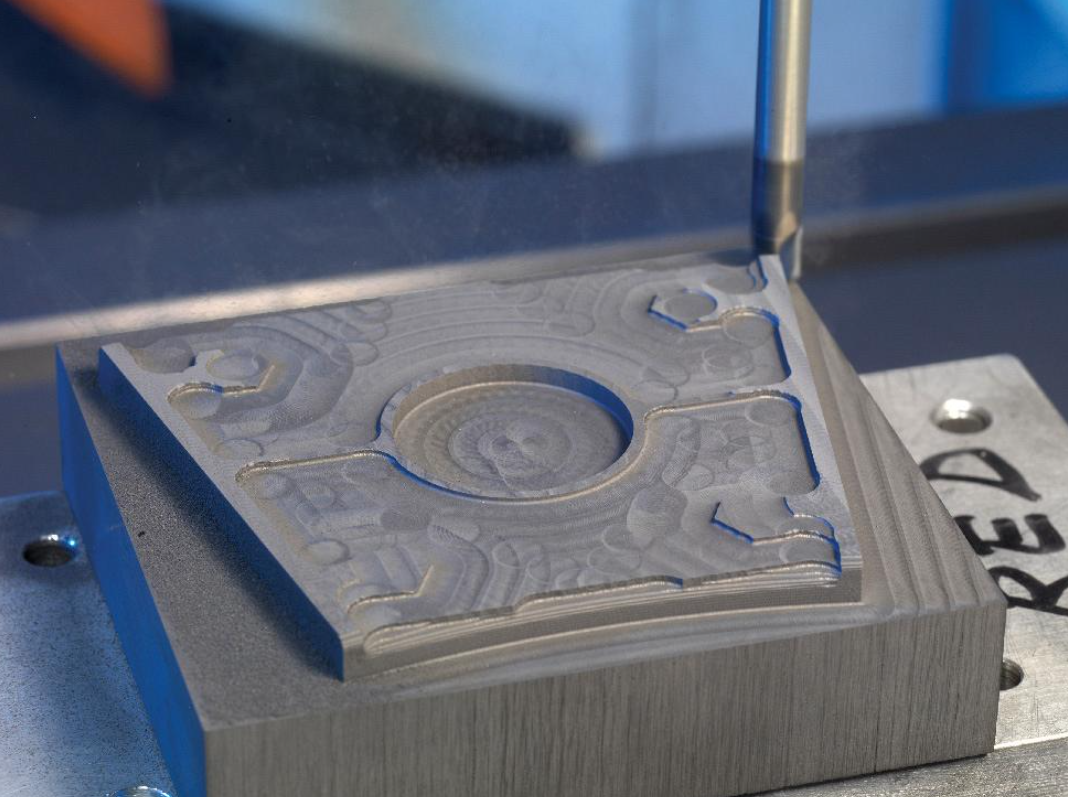Einführung
How does steel get tested do you know? Let’s explore! Graphite molds for casting help. These hot metal like gold and steel are shaped like these molds. Molds are strong up to 3000°C. Testing steel parts let you make different things. Want to know more? Read on!
Table of Contents
Umschalten auf
Understanding the Role of Graphite Molds in Casting!
Graphite molds for casting help shape hot metals like gold, silver, and copper. These you use to make items such as bars or coins. The graphite mold can remain resistant to heat up to 3000°C. It is safe from melting this. Molds of graphite have less than 0.1% ash and keep metals clean.
They don’t bend or break easily. You can literally pour metal in, let it cool, and pop it out! They are strong, will last a long time, and make for great molds for many uses. Moreover, there is less money spent on metal molds.
Types of Graphite Molds Based on Casting Applications!
· Permanent Molds
When you’re making metal shapes, you’re using permanent molds. Molds can last a long time. These molds are strong. Parts up to 150 kg can be made. The molds cool metal fast.
The solid shape is pushed out by pins. They make parts of the engine, pistons, gears, etc. Cooling happens quickly. Permanent molds can be used a number of times.
· Expendable Molds
Part makers using this method make parts only once. You break the mold after. The shape is formed by sand or wax. Molds also handle metals such as steel and bronze. The mold is gone after use. You can fabricate tiny, detailed shapes such as blades. Graphite molds for casting help make complex parts. Inside they are melted and come apart in molds.
· Die Casting Molds
With die casting, molten metal is forced into shape by the press of a mold. They go from 10 to 300 MPa. You make engine blocks for cars. The mold fills with the metal quickly. You reuse these molds.
Graphite molds for casting are for non-ferrous metals like aluminum. That saves time as they cool fast. Graphite electrodes from Jinsun Kohlenstoff make die casting more efficient by bringing faster cooling.
· Investment Molds
You fill a ceramic shell with wax and then dip in. This shell becomes the mold. It can take care of metals like steel. The mold is only used once. The mold breaks after casting. The good news is you can make things so tiny and detailed you could make tiny, precise parts like turbine blades. The mold cools and metal fills it.
· Sand Casting Molds
A mold is created by filling sand around a shape. The mold only works once. It helps the actors play big parts as pipes. The sand molds can extend up to 7,000 kg of metal part. When cooled, you break the mold. Aluminum or iron work well, too. Rough surface finishes are given by sand. We create large metal parts by way of sand casting partly using our graphite products.
| Mold Type | Material | Casting Process | Temperature Range (°C) | Durability | Reusability |
| Permanent Molds | Graphite, Metal | Gravity Casting | 700 – 1100 | High | Multiple |
| Expendable Molds | Graphite, Ceramic | Single-use Casting | 900 – 1400 | Low | Single-use |
| Die Casting Molds | Graphite, Steel | High-pressure Casting | 200 – 900 | Very High | Multiple |
| Investment Molds | Graphite, Wax Coated | Lost-wax Casting | 900 – 1200 | Moderate | Single-use |
| Sand Casting Molds | Graphite, Sand | Sand Casting | 900 – 1600 | Low | Single-use |
| Injection Molds | Graphite, Aluminum | Injection Molding | 300 – 800 | Very High | Multiple |
Table on Types of Graphite Molds Based on Casting Applications!
Key Material Properties of Graphite for Mold Fabrication!
· Thermal Conductivity
It helps things cool very quickly. These numbers are relatively quick heat away and can be 80–140 W/m·K. This makes casting smooth. Metals need to cool, and graphite molds for casting help this. The mold provides an additional way to pass heat through the mold, thereby making solid metal faster. As things get really hot, heat slows.
· High Melting Point
Up until 4000°C, graphite doesn’t melt metals as gold become super-hot, this stays strong. It’s great to cast that. Graphite molds allow you to form metal without heating it. For example, it’s strong even at 1500°C.
· Machinability
You can cut graphite easily. It’s soft and it molds smoothly. You can grind, cut, or polish it. Because shapes are exact, you can make things very small such as, ±0.01 mm. It’s important for special things, like jewelry molds. It helps molds last longer.
· Corrosion Resistance
Most commonly, graphite itself doesn’t react with any of the metal. This helps you to keep your cast metal clean and pure. But the highly conductive aluminum and copper don’t stick to it.
It doesn’t rust or in any way change for a long time. Graphite molds are very helpful when you’re casting many different metals, because they’re able to stand up to so much and come right back.
· Thermal Shock Resistance
Big heat changes don’t bother the graphite. Because it does not expand greatly, 3.5 – 5 × 10^-6°C^-1, it does not tend to crack. It stays strong even when hot metal touches a cold mold because this. It has very good flexural strength so things don’t crack if were to heat fast.
Manufacturing Process of Graphite Molds!
· CAD Design
The graphite mold is drawn using CAD. It can produce shapes exactly like squares or circles. You have numbers like 50 mm or 100 mm that fit metal in there. Hot metals, or metals such as copper melting at 704°C, are placed into the mold. By helping you make cool parts like the coins without mistakes, CAD helps you.
· CNC Machining
The mold is cut with sharp tools by a CNC machine. You give it the design. The machine can make deep holes or smooth lines. It runs pretty fast, around 500 mm/min. Within ±0.005 inches it’s very accurate. For casting metals, silver, you get perfect molds with shiny surfaces.
· Mold Cavity Creation
Inside the mold you cut a space for the metal. And this cavity can be 10 mm thick or more. The walls have to be strong enough to hold this hot metal. Then you check the size to make sure the metal cools fast. This allows you to make nice parts from the mold quite quickly.
· Quality Inspection
You check the mold carefully. Then use lasers and similar tools to see if the size is right. The surface must not be cracked, and it must be smooth. Before the mold can be used in casting parts, it must pass all tests.
What Are The Factors to Consider When Choosing Graphite Molds?
· Temperature Resistance
During casting of graphite molds, they get very hot. They can process to 3000°F (1649°C). If they can’t break, they may. The melting point of copper is 1981°F, or 1083°C. In this heat, good molds are strong. Metal must be flat, or they must produce heat evenly. Go for advanced fine grain molds with 120 W/mK thermal conductivity.
· Durability
When the graphite molds are used, cast some subjects are forced under strong pressure. The mold is tough if the density is greater than 1.7 g/cm³. Nickel melts at 2600°F (1427°C), so trustworthy molds are needed. Good molds have a 30 MPa strength. Casting fast, without damage, is due to strong molds.
· Mold Size
Molds must have an exact match for the metal size. Big molds throw away materials, small ones clog. Dimensions of the cavity are in the range of 100 mm to 150 mm. It is strong, though a thickness of mold between 20- and 30-mm. Mold the right size so you get better casting results and smoother products.
· Casting Material
Graphite molds for casting work well with many metals like gold or aluminum. Gold is 1948°F (1064°C). Aluminum’s melting point is at 1220°F (660°C). For softer materials, fine grain molds having 30% porosity are perfect. To avoid scratching these metals we need smooth molds. Copper casting is best accomplished with high conductive molds at 120 W/mK.
· Cooling Rate
Molds help define how quickly metal cools. Cracks occur when it is cooled too fast. The metal breaks if the rate is greater than 5°C a minute. Slow cool metals with molds around 25 mm thick. Surfaces are smooth, good molds with 120 W/mK. The final cast can also be made strong and solid through cooling, even cooling.
Maintenance and Care of Graphite Molds for Long-Lasting Performance!
· Surface Cleaning
To remove dust, clean your mold with a soft cloth. Apply cleaner after 100 castings, use special cleaner. Keep it dry to avoid rust. Once you’ve done with a session, wipe the vents gently. Never use anything strong, it harms graphite. That will make your mold last longer. With good results, we want the surface to stay smooth.
· Damage Repair
Every 50 uses, check for cracks. And grind small scratches with gentle tools. Large cracks? New blocks or inserts are added. Graphite can damage under heat, so don’t try to use it to repair cracks. Stop the problem quickly so the problem does not get bigger. Mold needs to be looked after.
· Storage Environment
Keep it in a dry box and store your graphite mold. Damage is caused by too much moisture. Use covers to keep dust off. Keep the storage area cool. Don’t place your mold near acids or chemicals. This is so corrosion does not set in or the mold doesn’t get harmed. When stored right, it will last longer.
· Handling Procedures
Handle graphite molds gently. Use soft grips when lifting. They scratch if they touch sharp tools. Do not move the mold while it is hot in order to prevent of damage. If the mold is hot, it can crack when moved. The mold should be always transported carefully. The surface remains smooth and working fine.
· Inspection Schedule
Inspect your mold after 50 casts. See whether the edges are cracked or rusty. It is a good idea to ignore small cracks but as they get bigger, they become bigger problems. Check the vents for dust. This schedule helps you get things early. If you check thoroughly, your graphite mold stays in shape.
What Are The Common Issues with Graphite Molds and How to Avoid Them?
· Cracking
Running your mold can crack if you heat your mold too quickly. Use only once after holding it at 300-500°C. The thermal expansion rate should be 4.5 × 10⁻⁶ /K for graphite. Also, the mold can crack at sharp edges. Smooth mold design – including no sharp corners – is a must. Too much stress will snap it.
· Erosion
When metal flows too fast, it is said to be eroded. This ruins molds. Limit flow to under 45 m/s. Graphite molds for casting face erosion above 700°C. Coat the graphite with some types of boron nitride to protect it. You will need to check the mold every 50 casting cycles. Checking the damage often is hard.
· Contamination
Dirty metals ruin molds sometimes. Gently brush mold or chemicals on them. Maintain impurity level less than 0.5% in your graphite material. Between 600-800 microns you should filter molten metal. Good parts don’t come from a dirty mold. Also clean it often to avoid bad castings and save time.
· Thermal Shock
The mold breaks if it heats or cools too fast. Preheat molds to 300-500°C. This helps avoid cracks. JinSun Carbon reduces problems by using graphite with a thermal conductivity of 140 W/m·K. Checking the mold’s heat always involves using a temperature monitor. Don’t let it cool too fast!
· Uneven Cooling
Uneven cooling warps molds. It creates bad parts. The mold should be designed evenly and no part of it should be thinner than 3.5-7.5 L/min. It will help the mold last long. Of course, in case the cooling is too fast in some places the mold can break. For the best results, make sure cooling is even.
Schlussfolgerung
Testing steel is not a difficult task to complete, with the correct tools. Graphite molds for casting make shaping metals simple. The good thing is, strong molds last and they’ll work under heat. Check out JINSUNCARBON for the best graphite products that work well with your casting projects. Make casting easier today!




